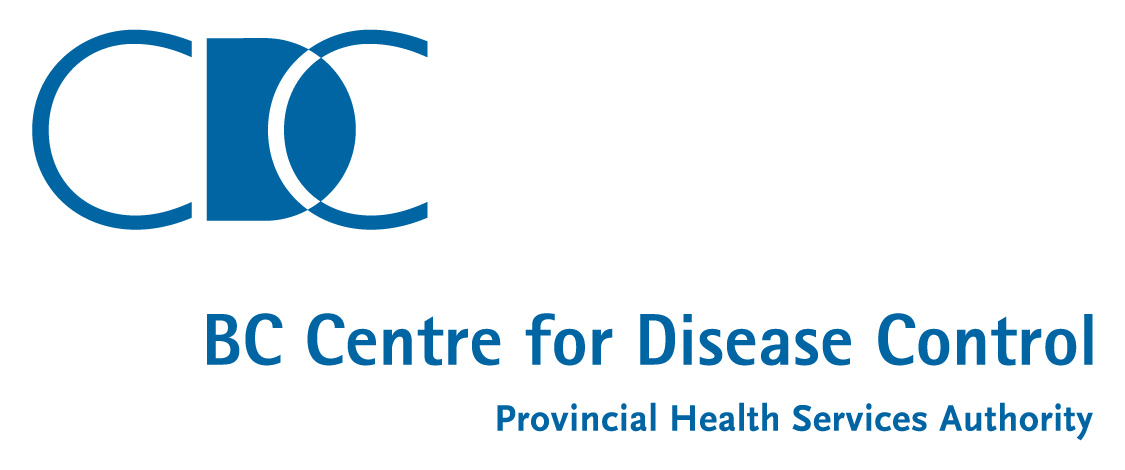Prince Rupert Community Health Profile
Some of the indicators presented in the Community Health Profiles are provided with data available at the level of Local Health Areas (LHAs). Please note that some of the LHAs have been given new names in the process of aligning them with newly created Community Health Service Area (CHSA) geographies. To view the new names, click here.
Health status and chronic disease
Life expectancy
Life expectancy at birth is the average number of years a newborn can be expected to live, and is a reliable indicator of overall health for populations. Life expectancy can approximate length of life, but does not account for quality of life, which is influenced by health and well-being.
Maternal and infant health
Pregnancy and childbirth have a huge impact on the physical, mental, emotional and socioeconomic health of women and their families. Pregnancy-related health outcomes are influenced by a woman’s health and other factors like income, age, race and ethnicity.
Infant mortality rate (<1 year old)
Socioeconomic Profiles, BC Stats, 2011-2015
15 per 1,000 live births
Prince Rupert LHA
4 per 1,000 live births
BC average
Low birth weight rate
Annual report, BC Vital Statistics, 2011-2015
43 per 1,000 live births
Prince Rupert LHA
58 per 1,000 live births
BC average
Injury
Injury is a major cause of death, disability and hospitalization in BC, especially among children, young adults and seniors. Many injuries occur in motor vehicles, on work sites, and during play. Among seniors, falls and fall-related injuries are responsible for significant impairment, loss of independence, and reduced quality of life, and are frequently a marker for underlying, and often untreated, health problems.
Number of people newly hospitalized for injury in Prince Rupert LHA: Discharge Abstract Database, BC Ministry of Health, 2006-20112,750
This indicator contributes to an understanding of the adequacy and effectiveness of injury prevention efforts, including public education, intervention development and use, community road design, prevention approaches and treatment.
Higher than BCLower than BC
Mental health
Positive mental health and well-being is a resource for everyday living, just like our physical health. Having good mental health allows us to stay balanced, enjoy life, cope with stress, and bounce back from major setbacks.
In 2015-2016, 71.2% of Northwest HSDA population (aged 12 and up) reported very good or excellent mental health. Canadian Community Health Survey, 2015-2016
Chronic disease
One of the biggest challenges to achieving healthy communities is preventing and managing chronic conditions that develop over time, such as respiratory illnesses, high blood pressure, and heart disease. Chronic conditions result from a complex combination of our genetics, healthy lifestyle practices, and environments. Understanding community health concerns can help local governments and community organizations, in partnership with health authorities, set priorities for better community health.
Cancer
Cancer is one of the leading causes of death in Canada. Over half of all cancers may be prevented through personal health practices such as healthy eating, physical activity, non-smoking, and reduced sun exposure.
Number of people newly diagnosed with cancer in Prince Rupert LHA: BC Cancer Registry, BC Cancer Agency, 2008-2012309
Type 2 diabetes is the most common type of diabetes (90% of all cases) and usually occurs in adults although rates among children are rising. Some people are at higher risk of developing type 2 diabetes, including those who are overweight and those who are Aboriginal, Hispanic, Asian, South Asian or African.
Cardiovascular disease is the leading cause of death among Canadian adults, and includes heart attacks, strokes, heart failure, and heart disease. High blood pressure, also called hypertension, contributes to increased risk of cardiovascular diseases as well as chronic kidney disease. High blood pressure can be caused by an unhealthy diet, harmful amounts of alcohol, physical inactivity, or stress.
Mental illness refers to diagnosable conditions such as depression, anxiety and bipolar disorder. People with mental illness can thrive with access to appropriate services and support.
Asthma often occurs in those with a genetic predisposition to the illness and can be caused by allergens in the environment, tobacco smoke, chemical exposure in the workplace, or air pollution. Chronic obstructive pulmonary disease (COPD) is a long-term lung disease (including chronic bronchitis and emphysema) that is often caused by smoking.
| In one year, number of people in Prince Rupert LHA newly diagnosed with: | |
|---|---|
| Depression or Anxiety* | 128 |
| Asthma | 80 |
| COPD | 37 |
| High blood pressure | 139 |
| Heart failure | 64 |
| Diabetes (type 1 or 2) | 91 |
| Chronic Disease Registries, BC Ministry of Health, 2015 | |
* The information available on mental illness shows the number of people who have been diagnosed for the first time with depression or anxiety, which only captures one aspect of mental health in your community. Because these figures are based on diagnosis, they do not capture those individuals who have not sought medical help.
The number of people newly diagnosed with a disease each year is called the incidence. Incidence is often presented as a rate, such as the number of people who get sick per 1,000 people in the community. The above graph displays how the incidence rates of various chronic conditions have changed over time in your health authority.
As a population ages, the incidence rate of chronic diseases is expected to rise. Age-standardized rates (as shown in this graph) allow you to compare chronic disease rates over time, regardless of an aging population.















